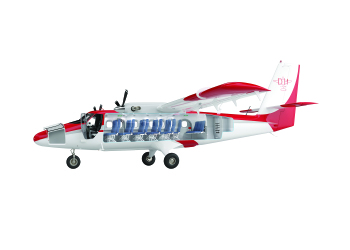Canadian aircraft company De Havilland is set to begin the production of a new variant of its Twin Otter aircraft. This novel variant is set have a fully updated flight deck and interior built for the future.

Well known, adaptable STOL aircraft
Since its inception and initial beginning of production in 1965, the De Havilland DHC-6 Twin Otter has been a vital aircraft to the operations of many airlines and communities worldwide. This fame can be especially attributed to the Twin Otter's STOL capabilities. STOL, standing for Short Takeoff and Landing, is the ability of an aircraft to operate out of airports with short runways.
In the case of the Twin Otter, its powerful engines and small size attribute to the aircraft's ability to land on a runway of any size. The shortest runway in the world, located at Saba Juancho E. Yrausquin Airport (SAB), employs the use of the DHC-6 Twin Otter for commercial flights due to its aforementioned STOL capabilities.
Just because the aircraft has STOL capabilities, that doesn't mean that it has a reduced capacity or cargo load. Current variants of the Twin Otter have capacity for 19 passengers plus one to two crew members. The maximum cargo capacity of the aircraft is around 4,000 pounds, which makes it the ideal candidate for supplying remote communities. The undercarriage of the Twin Otter can be modified through the addition of floats, skis, or a floats and landing gear combination.
When these factors are combined with the aircraft's resiliency and ability to operate in extremely cold, hot, and humid environments, the Twin Otter truly becomes the ultimate aircraft for use in small communities and remote areas around the globe. This Twin Otter's massive popularity can be seen throughout the years with De Havilland, and later Viking Air Ltd. (after De Havilland sold rights to the company) producing a total of around 900 examples of the aircraft type (all models) between 1965 and 2019.
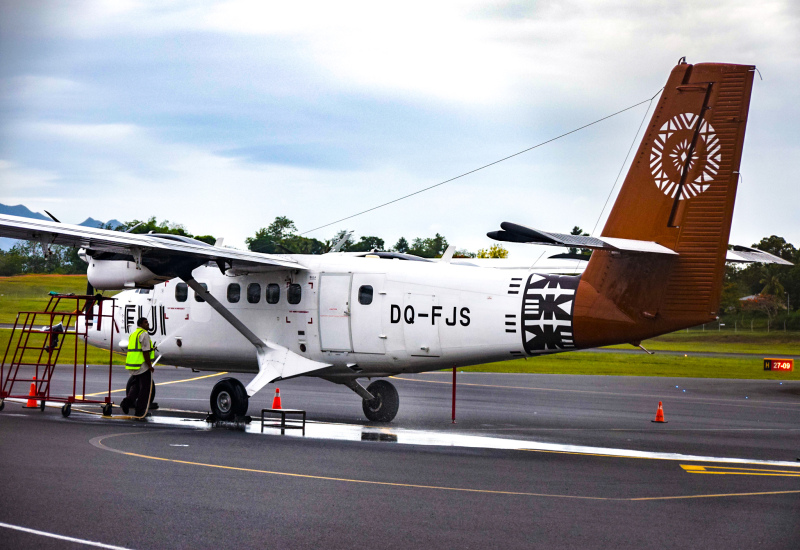
5th Generation Twin Otter
In recent years, De Havilland and Viking Air Ltd. have been developing the 5th generation of the Twin Otter. The 5th generation Twin Otter has arrived with the launch of the Twin Otter 300-G variant at the 2023 Paris Airshow.

"For over 50 years, the DHC-6 Twin otter has stood alone as the most reliable and versatile aircraft in its class...After extensive consultation with our customers, we are poised and proud to take this iconic aircraft to new heights with the new DHC-6 Twin otter Classic 300-G." stated Brain Chafe, CEO of De Havilland Canada at the launch of the new aircraft at the Paris Airshow on June 19.
According to De Havilland Canada, the new Twin Otter is the "The small utility aircraft of choice." This is due to the updated fuselage, interior, cockpit, and STOL capabilities of an already very versatile and reliable aircraft.
Upgraded Cockpit, Interior, and Payload
Surprisingly, the biggest update to the new Twin Otter has been it's interior. While the on-board passenger capacity remains the same, 19 passengers, the cabin has been updated to allow for more natural light. The cockpit onboard will feature a new avionics suite.
"De Havilland Canada continues to shape aviation with innovative utility aircraft, and we are proud to offer our G1000 NXi integrated flight deck with the latest version of the iconic DHC-6 Twin Otter...The G1000 NXi will bring wireless cockpit connectivity, enhanced situational awareness, visual approach capability, and our fully integrated GFG 700 autopilot with envelope protection to the Classic 300-G aircraft." states Carl Wolf, Garmin Vice President of Aviation Sales and Marketing in relation to the modified cockpit onboard the new aircraft.
"With the same rugged airframe, propelled by Pratt & Whitney technology, the lighter weight Classic 300-G will deliver increased payload range and decreased operating costs for our customers." adds Brian Chafe, CEO of De Havilland in relation to the 400-500 pound weight reduction in the frame of the new DHC-6-300G. This weight will allow the -300G to land on even shorter runways than it currently does, further cementing the Twin Otter's importance within the remote aviation market.
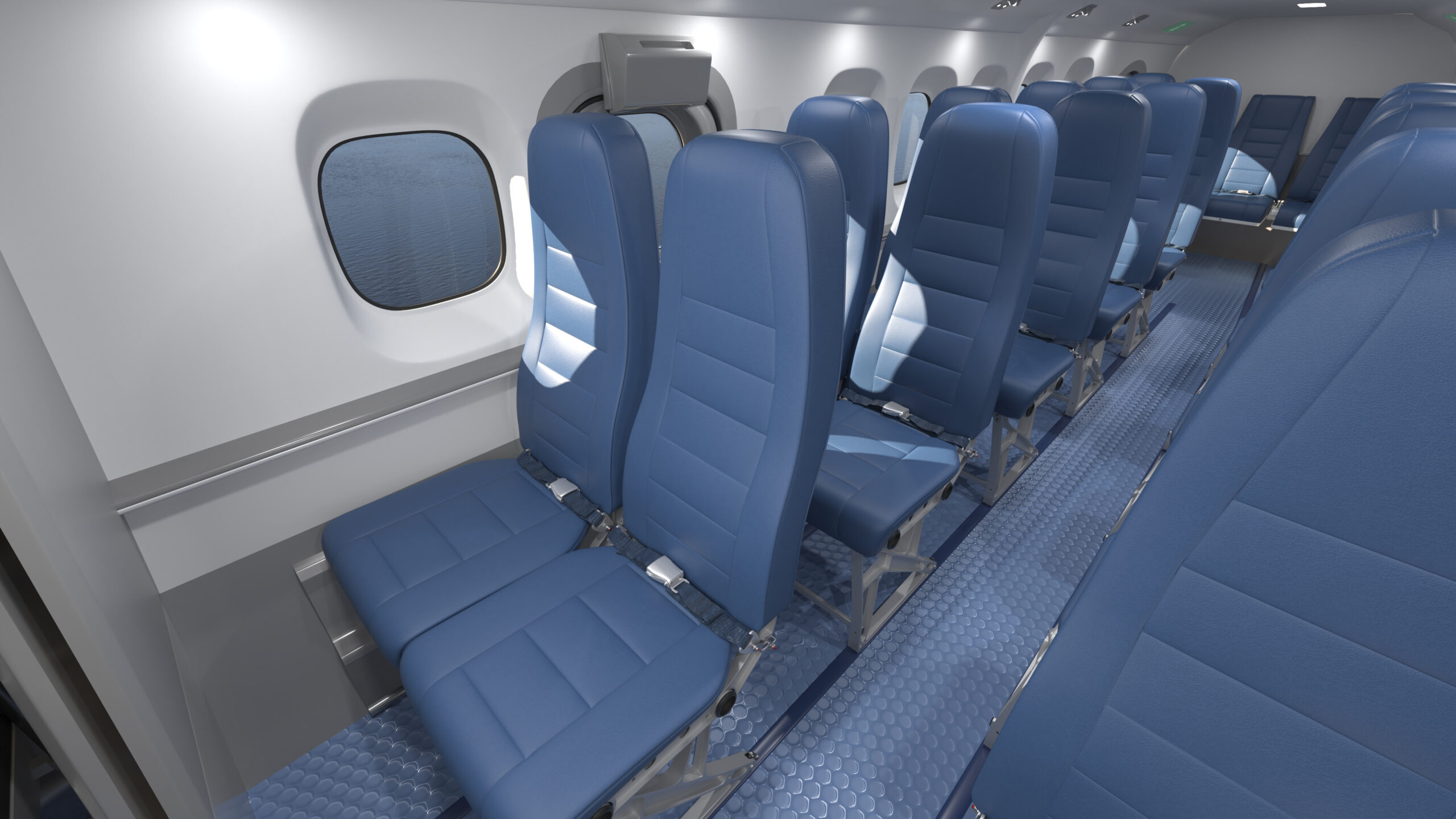
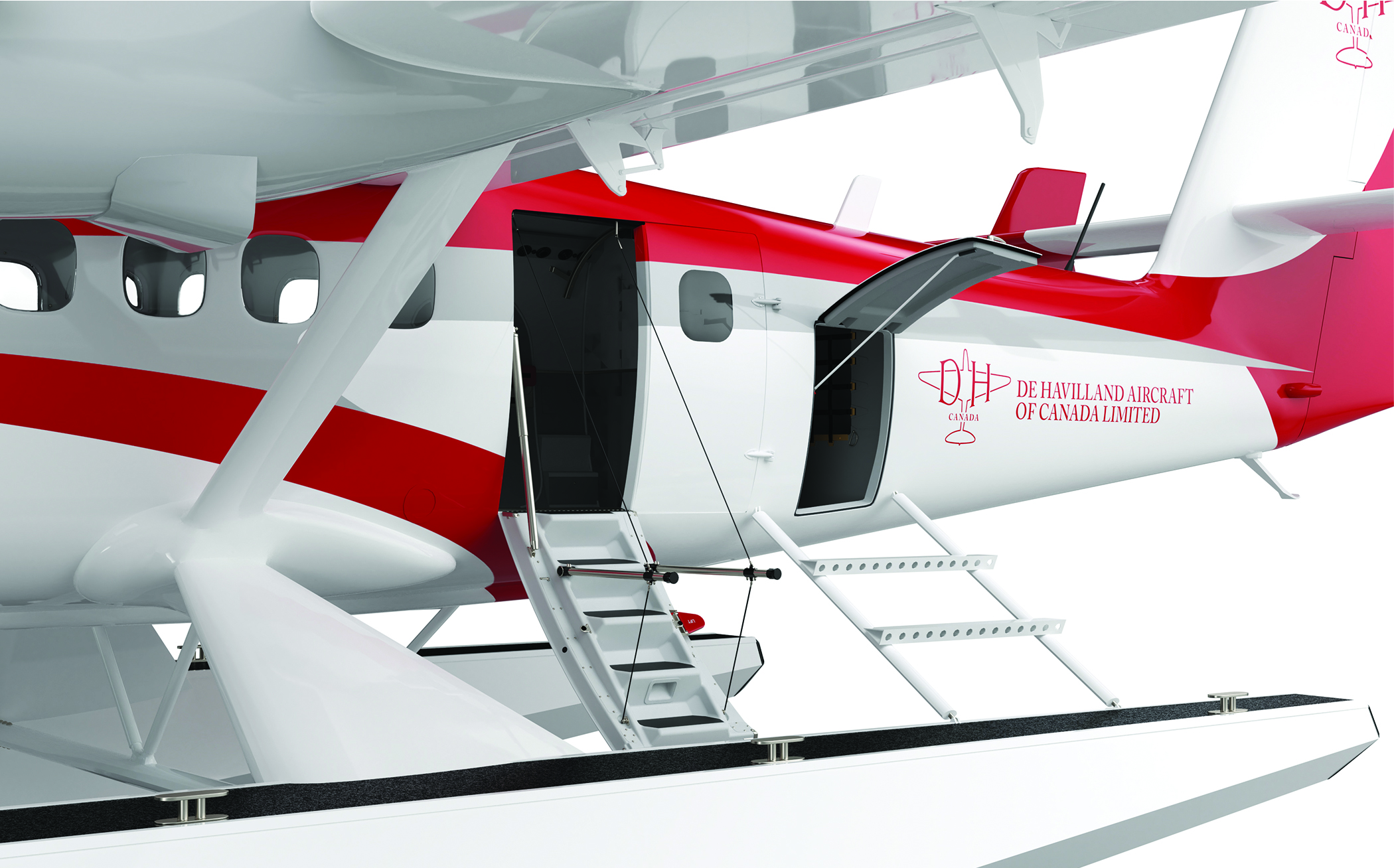
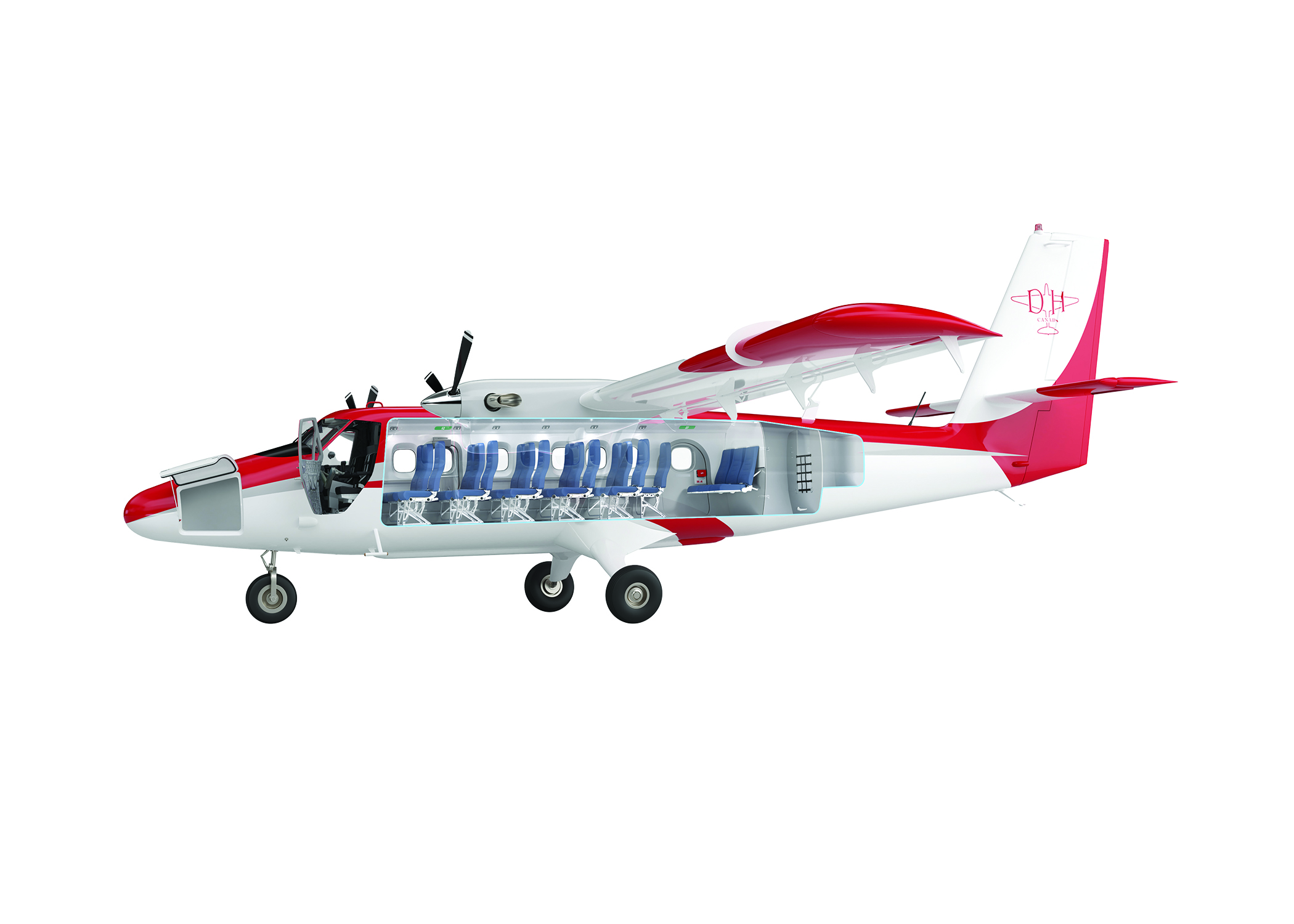
The new -300G will also be equipped with new Pratt and Whitney PT6A-27 engines, which according to De Havilland is the "economical choice, providing efficient performance and fuel consumption." These new engines will have aerodynamic housings, further increasing the efficiency of the new Twin Otter variant.
While the idea of customizable landing gear is not unique to the -300G variant of the Twin Otter, it is astounding how many options for landing gear are available for the aircraft - a total of 5 variants ranging to floats to skis to slightly altered landing gear shape.
Production and Launch Customer
The -300G will join the production line along with the currently produced -400 Twin Otter variant. Production will be handled by Viking Air Ltd. The production of the -300G Twin Otter will take place in the Canadian provinces of Alberta and British Columbia, and will create 80 to 91 Canadian jobs in these provinces. According to De Havilland, this will allow the company to "...grow its footprint in Canadian aerospace..."
Shortly after the novel aircraft was revealed on June 19 at the Paris Airshow, De Havilland shared that the first customer to buy the new aircraft will be Jetcraft Commercial, which has signed an agreement with De Havilland for 10 -300G Twin Otter aircraft. Jetcraft Commercial is set to launch the new aircraft shortly after its delivery in 2024, leasing out the world's first -300G Twin Otters.
For more information in regard to the new DHC-6-300G, click here.
Export Development Canada Secures Aircraft Repossession in Nigeria Under Cape Town Convention » Passengers Encounter Bedbug Infestation on Multiple Turkish Airlines Flights » Emirates Dismisses Viral A330 Plane Crash Video as "Fabricated and Untrue" »
Comments (0)
Add Your Comment
SHARE
TAGS
NEWS PARIS Paris Airshow 2023 Paris Twin Otter DHC-6 Twin Otter STOL Viking AirRECENTLY PUBLISHED
 Could You Survive a Plane Crash? The Unlikely Science of Plane Crash Survival
With air travel consistently being heralded as the safest form of public transport, most of us do not board a plane pondering our chances of survival in the event of a crash. But, is it possible to survive one?
INFORMATIONAL
READ MORE »
Could You Survive a Plane Crash? The Unlikely Science of Plane Crash Survival
With air travel consistently being heralded as the safest form of public transport, most of us do not board a plane pondering our chances of survival in the event of a crash. But, is it possible to survive one?
INFORMATIONAL
READ MORE »
 Maldivian Airlines Introduces First-Ever Widebody Aircraft, Plans New China Flights
Maldivian, the government-owned national airline of the Maldives, has just welcomed its first-ever wide body aircraft: the Airbus A330-200. With the new aircraft, the carrier also plans brand-new long haul international flights to China.
NEWS
READ MORE »
Maldivian Airlines Introduces First-Ever Widebody Aircraft, Plans New China Flights
Maldivian, the government-owned national airline of the Maldives, has just welcomed its first-ever wide body aircraft: the Airbus A330-200. With the new aircraft, the carrier also plans brand-new long haul international flights to China.
NEWS
READ MORE »
 Thousands of Flights Impacted as Winter Storm Blair Hits U.S.
Winter Storm Blair has unleashed a huge blast of snow, ice, and freezing temperatures across the Central and Eastern United States.
As of Sunday afternoon, over 6,700 flights and counting have been disrupted. This includes cancelations and significant delays leaving passengers scrambling to change flights and adjust travel plans.
NEWS
READ MORE »
Thousands of Flights Impacted as Winter Storm Blair Hits U.S.
Winter Storm Blair has unleashed a huge blast of snow, ice, and freezing temperatures across the Central and Eastern United States.
As of Sunday afternoon, over 6,700 flights and counting have been disrupted. This includes cancelations and significant delays leaving passengers scrambling to change flights and adjust travel plans.
NEWS
READ MORE »



